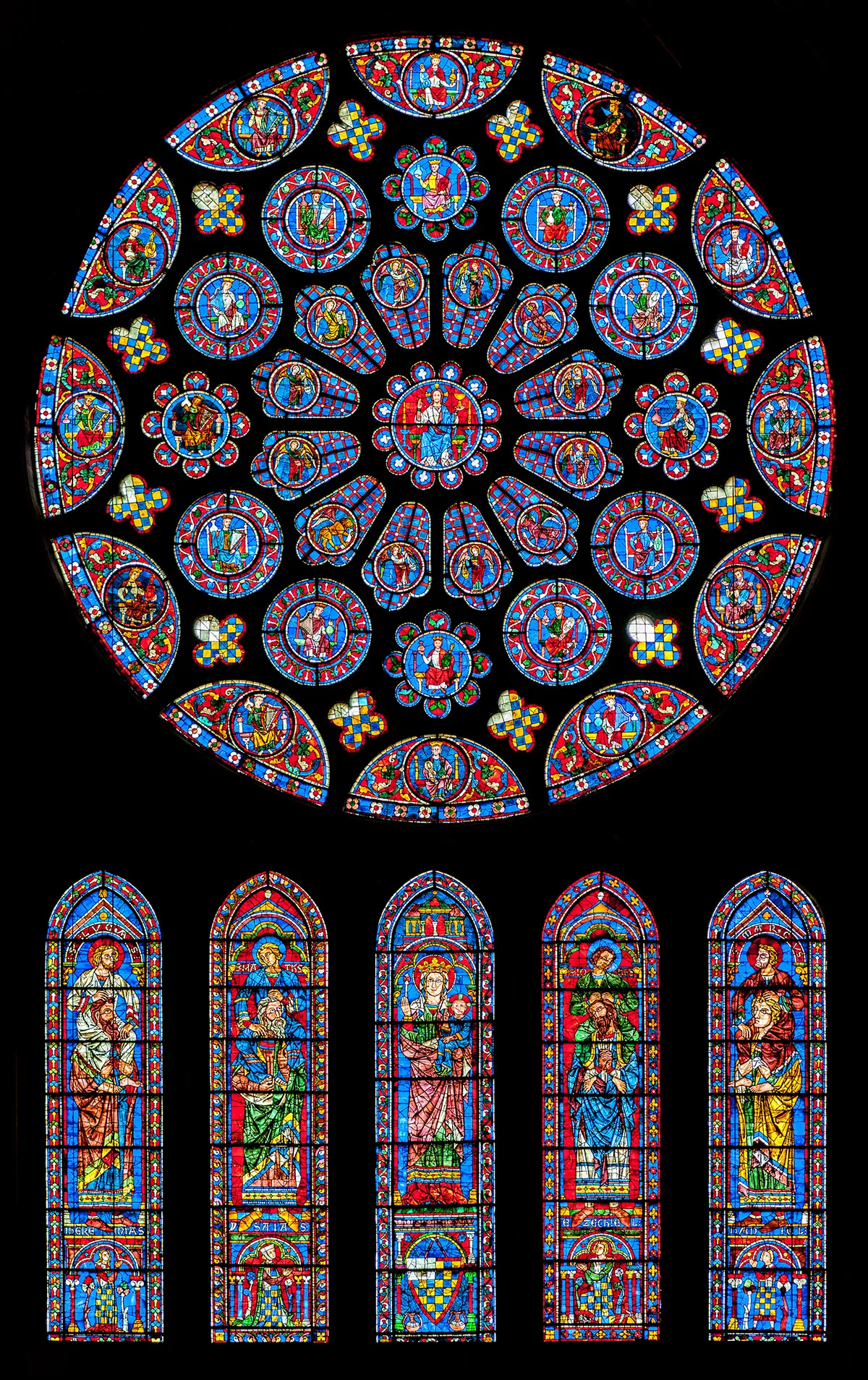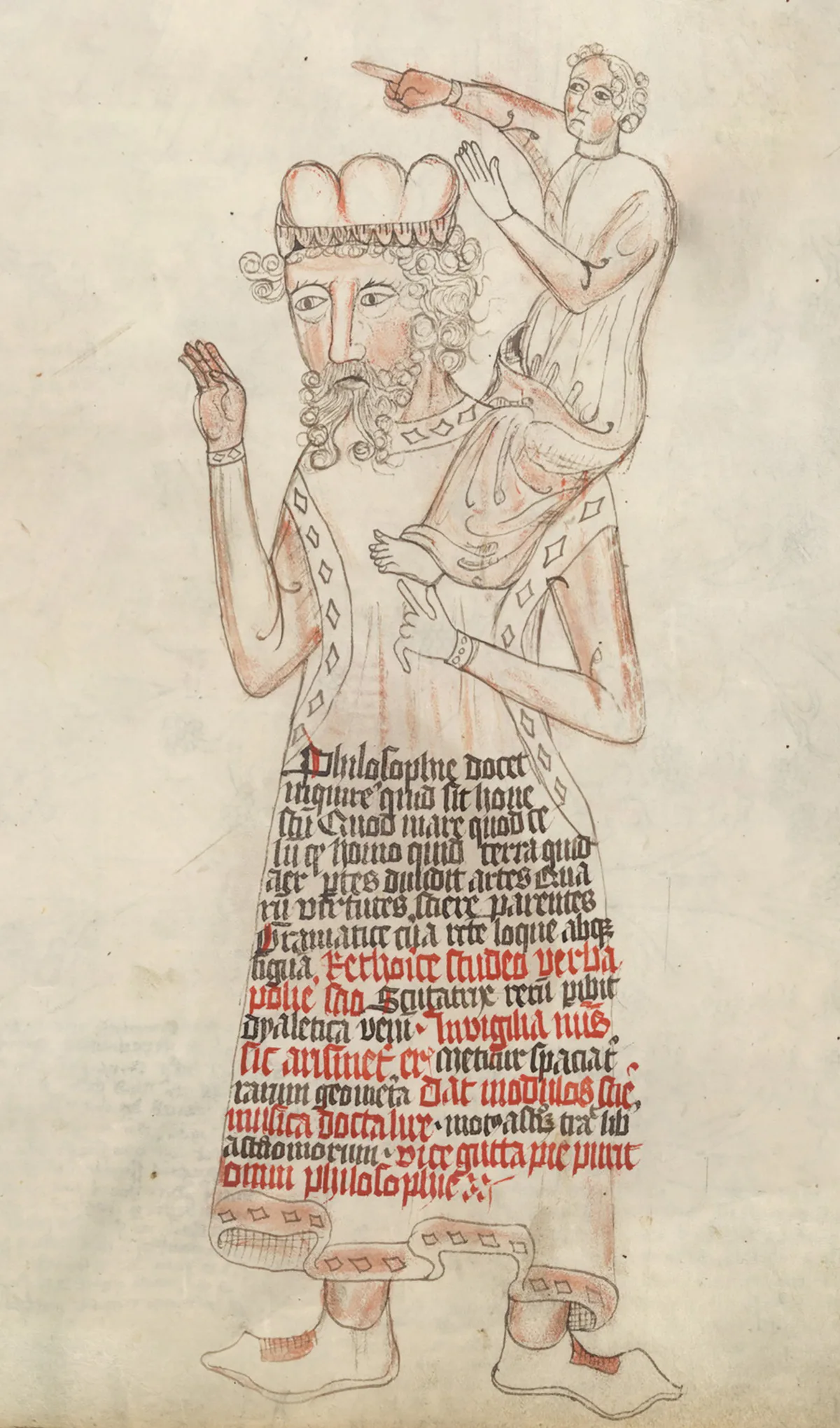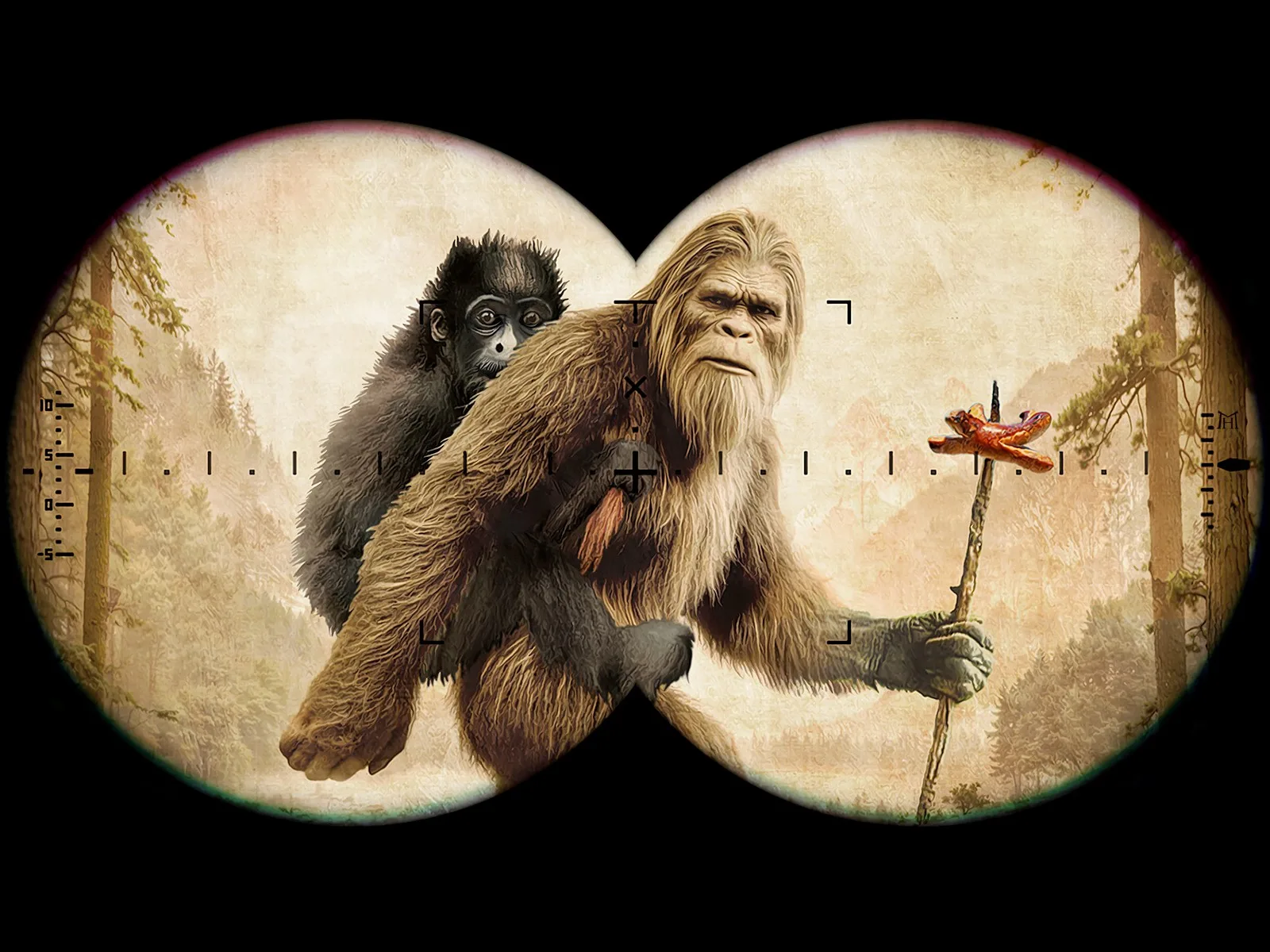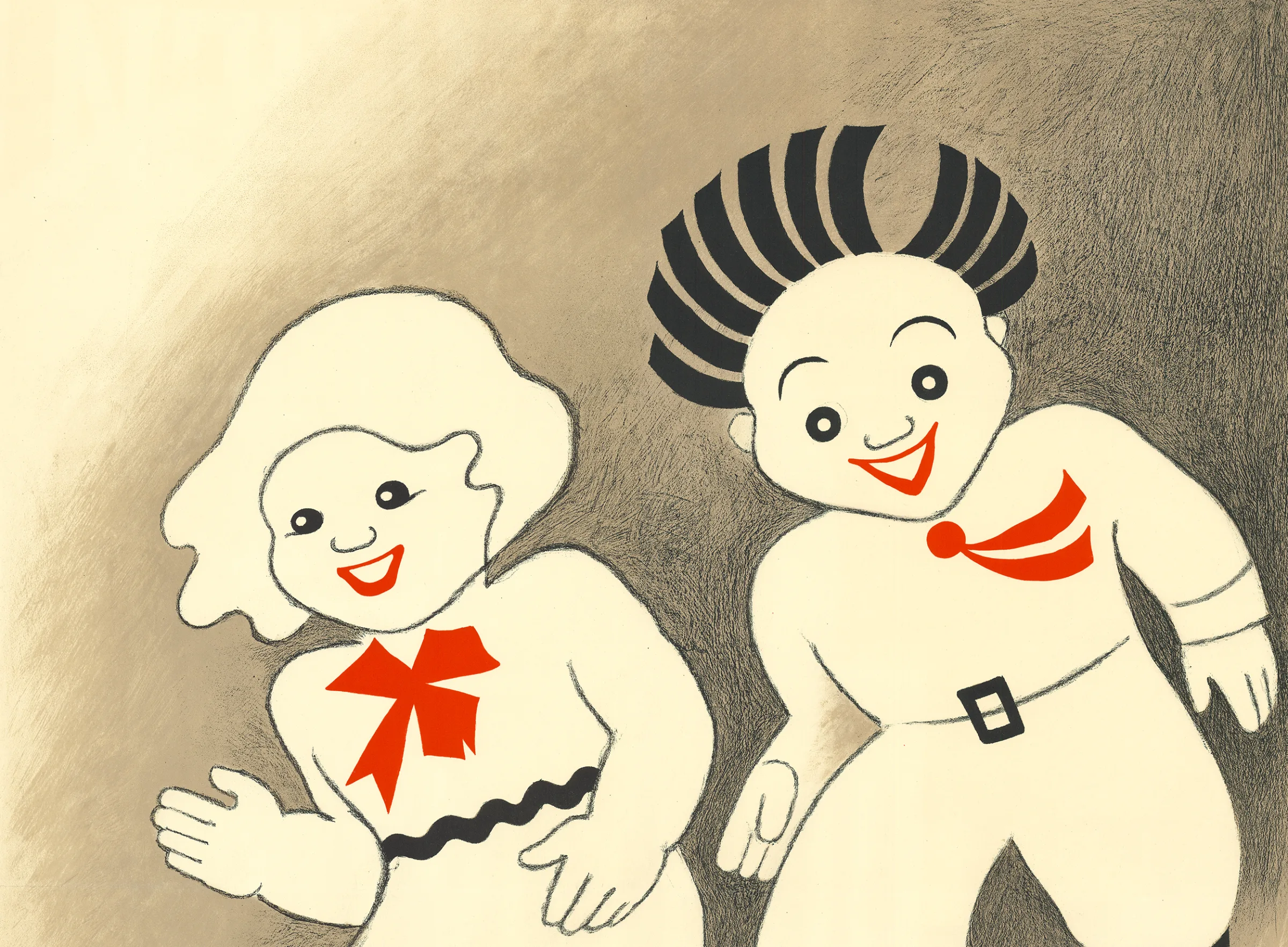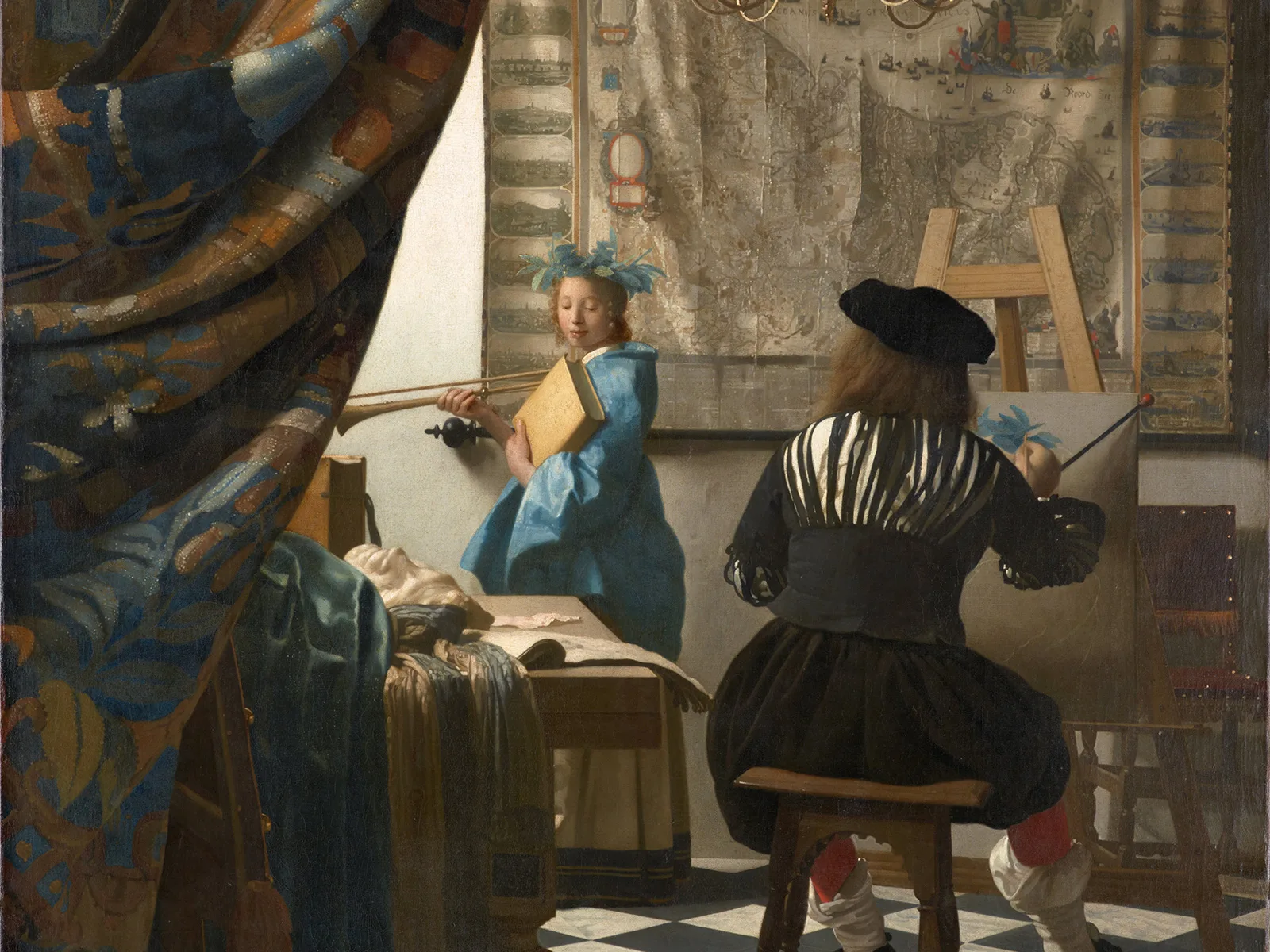
Some light reflections on history
Over is over. The past is finished, set, unchangeable. History, on the other hand, is open, vivid, changeable, and thus disputable. Is there any such thing as certain knowledge? Yes – just not for ever.
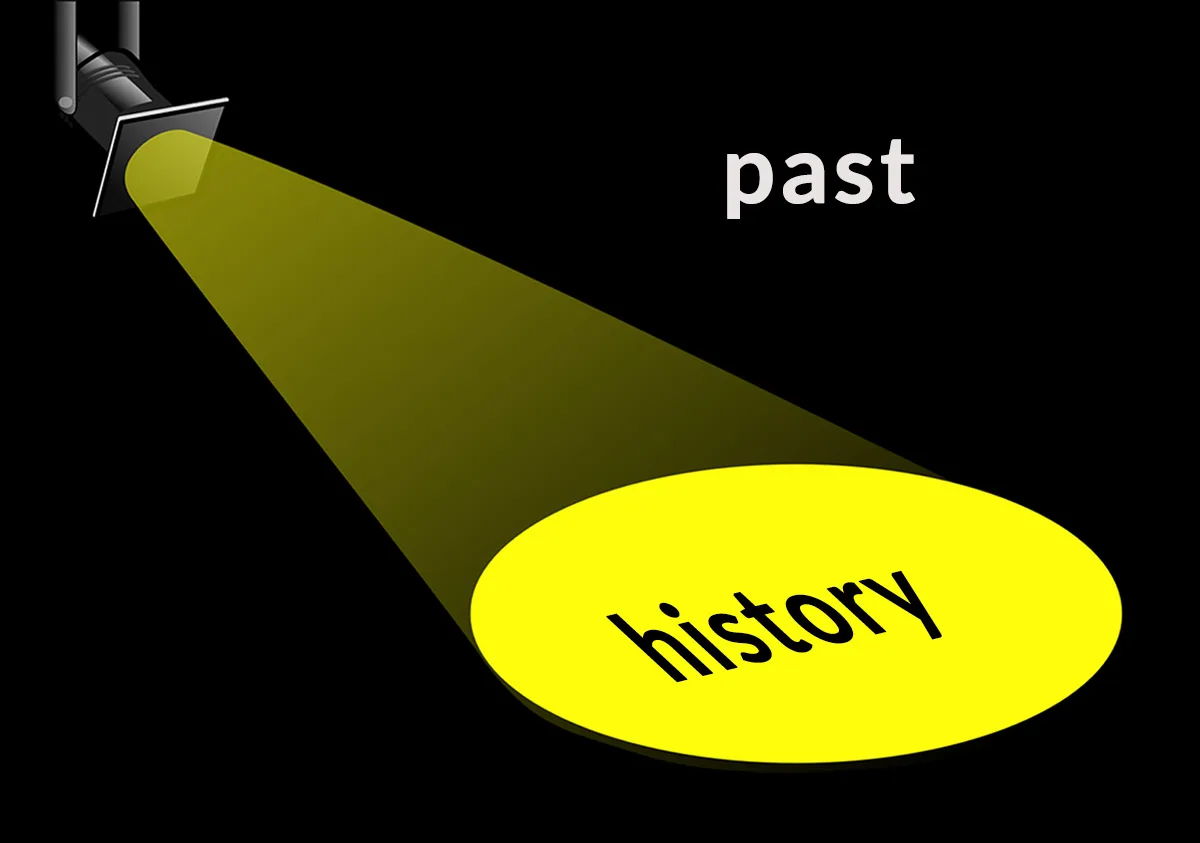
What is important to each period? And how important?
Nothing in the future will change the past. But knowledge of the past is progressive.
A contemporary record from the Baroque period
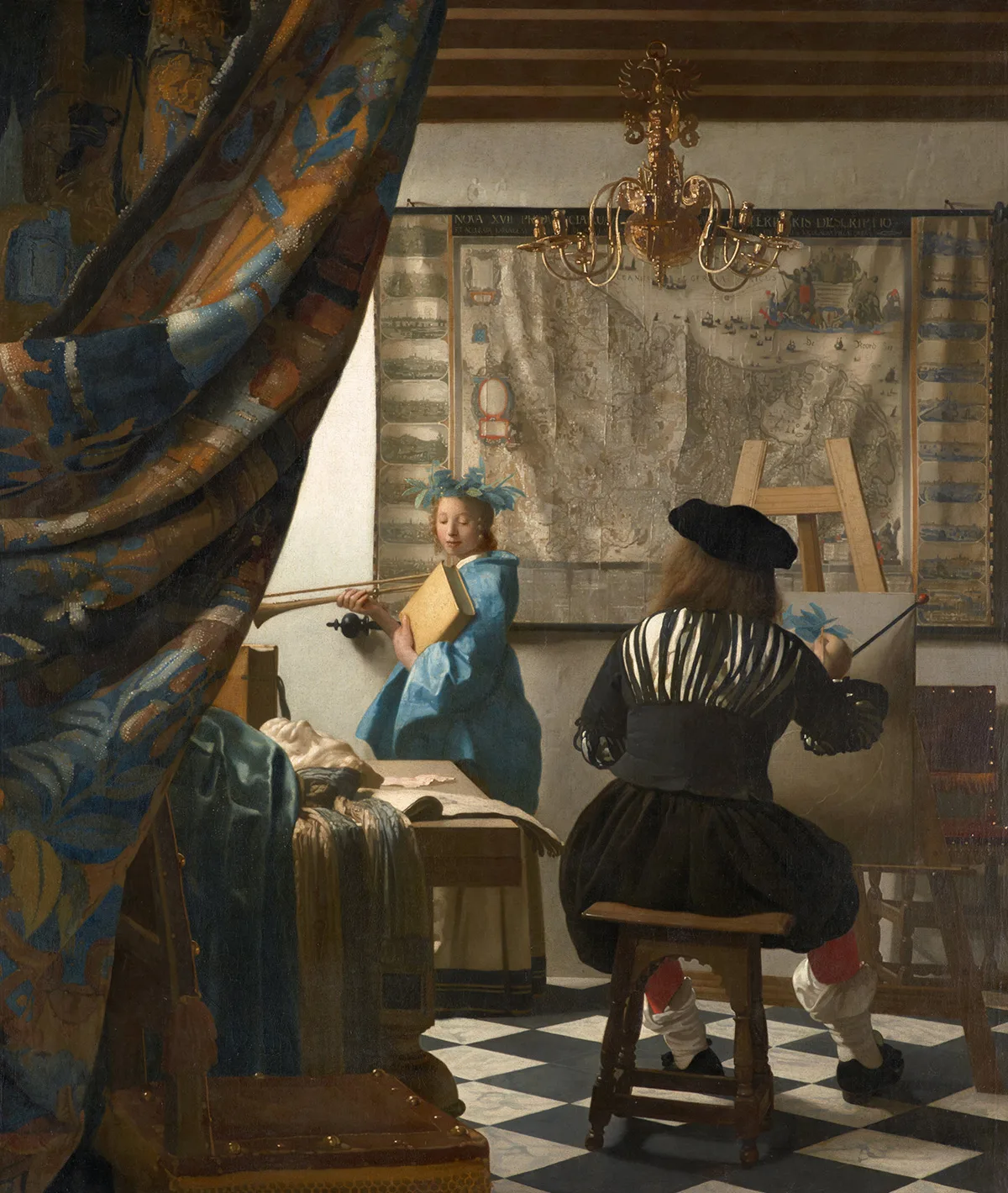
Vermeer painted very slowly, averaging only around two pictures per year.
Of truth – or argument and counter-argument
No sooner found than lost
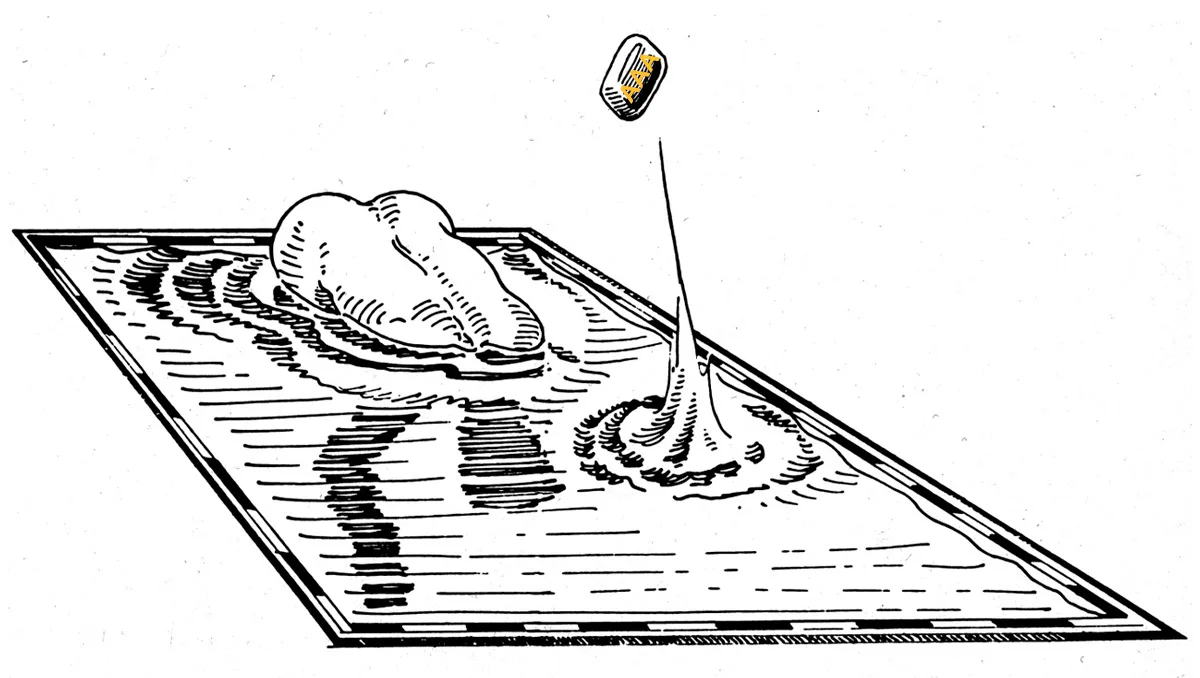
A whole variety of perspectives
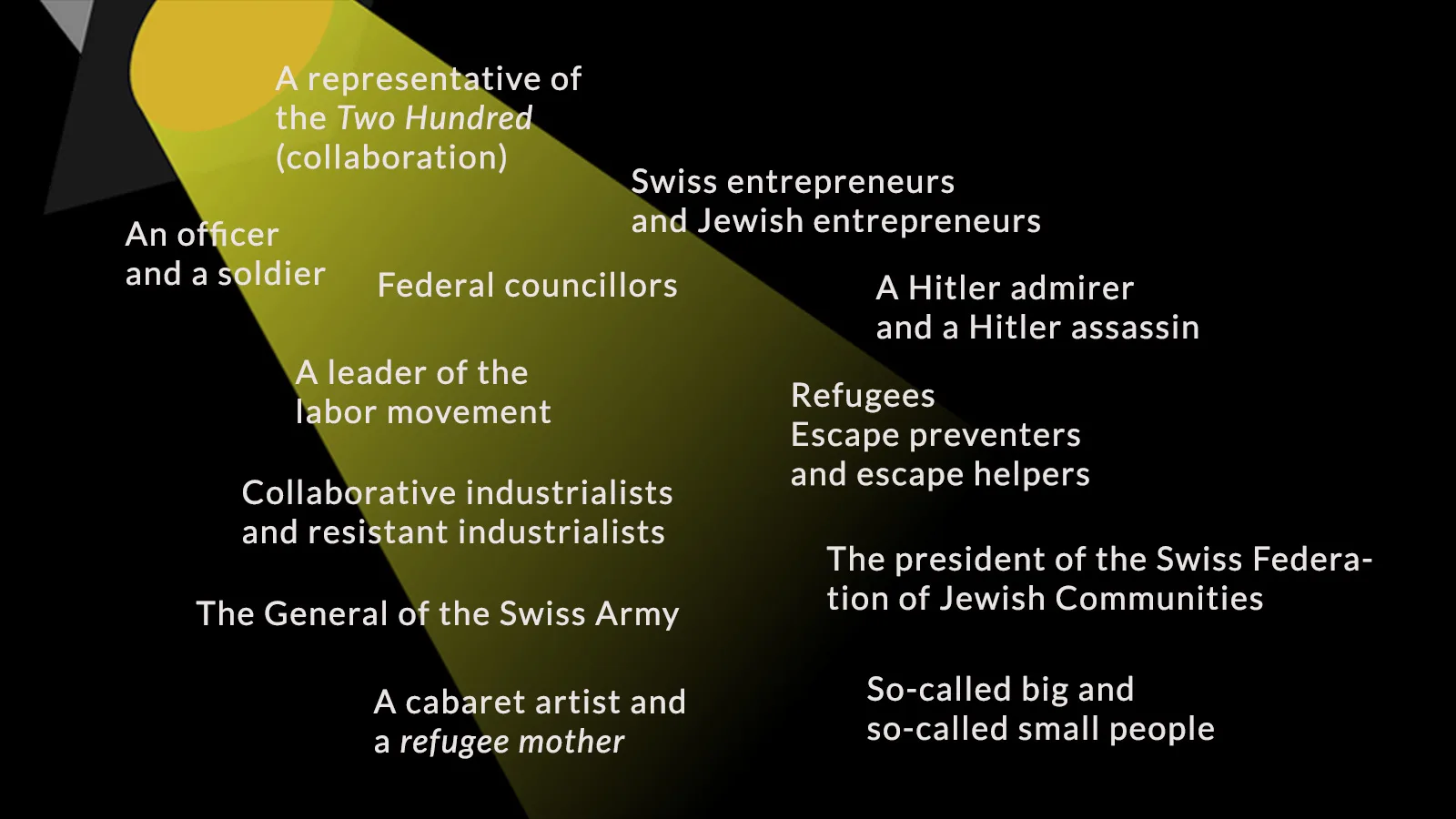
Giants and dwarves, and the 21st century
